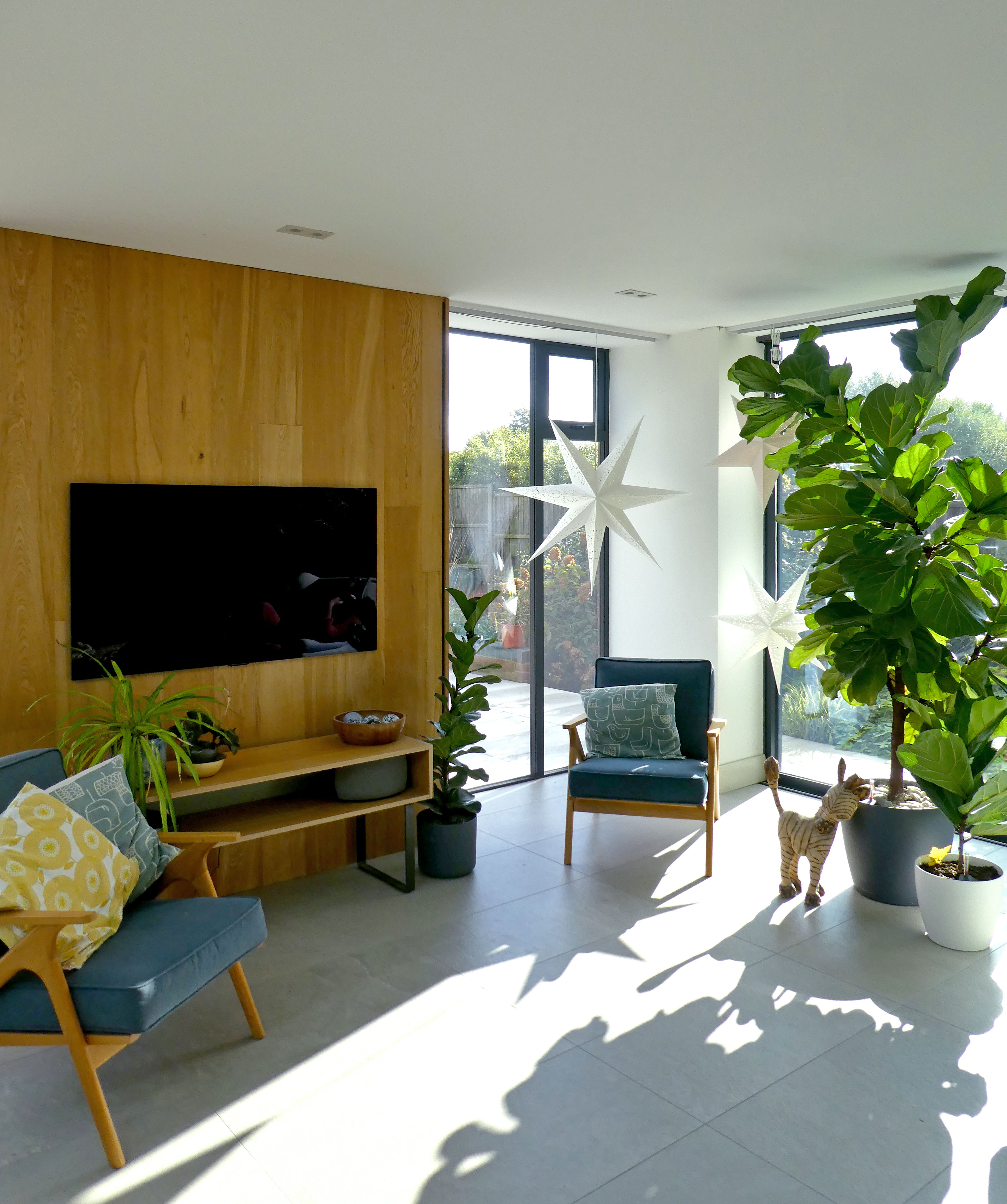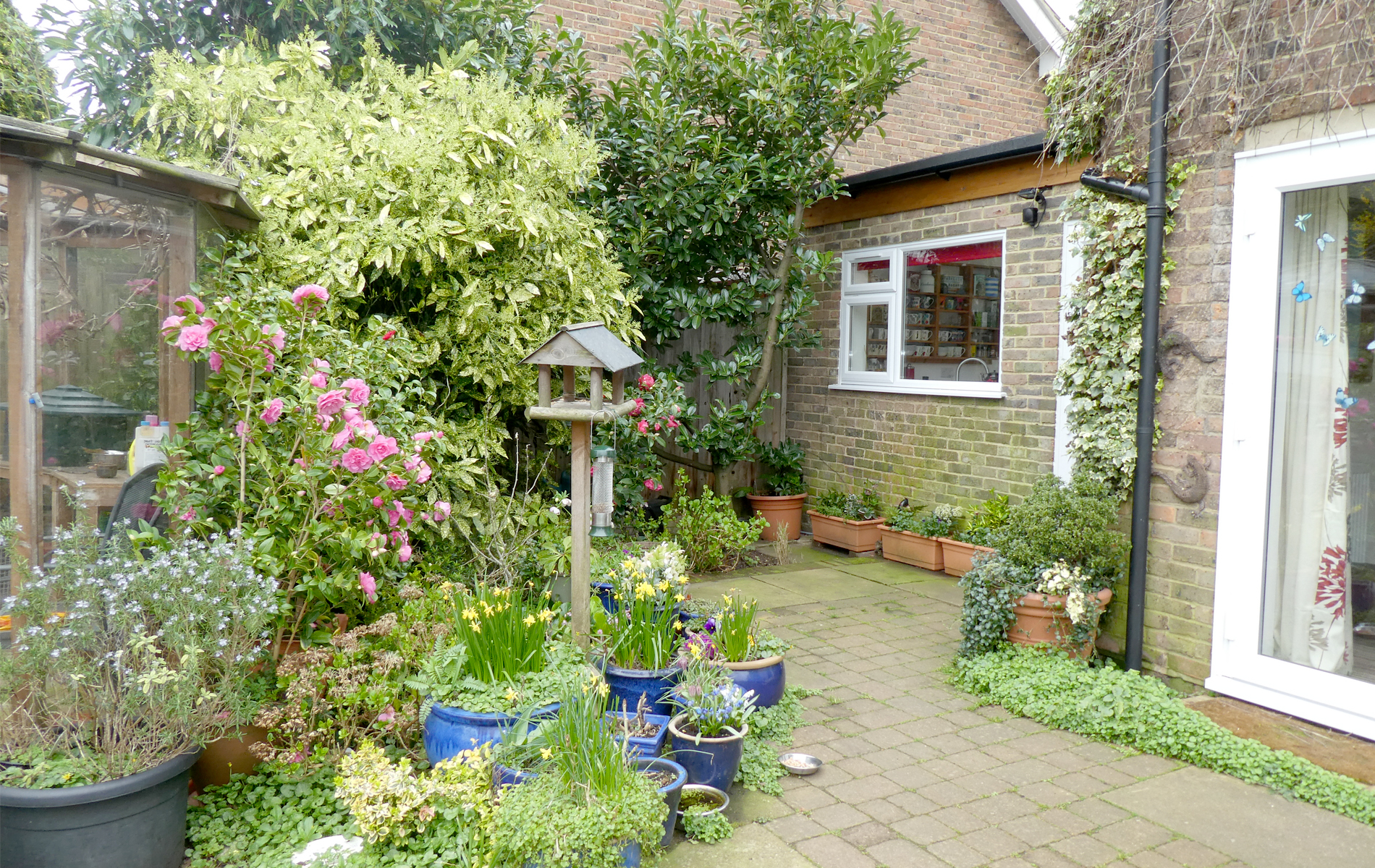Sustainability triumph: our expert approach
It seems that everywhere we turn we see the words ‘sustainable’ or ‘recyclable’ or ‘environmentally friendly’ attached to products. Sustainability can be a bit overwhelming. But, what is ‘sustainability’ and what can we do to make an impact?
In our work, we believe that sustainable solutions are ones that focus on long term durability and making choices that reduce environmental harm. With this in mind, we are passionate about combining Passivhaus principles with bio-based – or ecological – materials. In one step (well, really, a series of steps) your carbon emissions and energy bills are reduced; and occupant comfort is improved. In a nutshell, this is our approach on all projects.
Making your home more sustainable is not just a trend; it’s a responsibility that we bear towards our planet and future generations.
Carbon – what do we mean?
Carbon emissions from the construction and refurbishment of buildings makes up 20% of the UK built environment emissions. Globally, the contribution is 40%. This is huge, we can’t just ignore this.
The decisions and choices we (and you) make during the design of your project can impact the amount of carbon your building will be responsible for. There are two types of carbon that we have the power to reduce: embodied carbon and operational carbon.
Embodied carbon
Embodied carbon is the total amount of carbon associated with the materials used to build and maintain your building. These are, for example, materials such as concrete, timber, glass, steel and plastics.
The embodied carbon of a building is the carbon footprint before the building becomes operational. Embodied carbon includes any carbon created during the manufacturing of building materials (from material extraction, transport to manufacturer and manufacturing), the transportation to the building site and the installation of the material. Materials which are heavily processed and/or require a lot of heat to manufacture will generally have a higher embodied carbon than bio-based materials.
By considering and minimising embodied carbon, building owners can contribute to the overall sustainability of that building, making choices that reduce the carbon footprint associated with the construction and maintenance of their living space.
Operational carbon
Operational carbon refers to the amount of carbon emissions produced during the day-to-day activities and energy use associated with running and maintaining the building. This includes the energy consumed for heating, cooling, hot water, lighting, appliances. Unlike embodied carbon, operational carbon is tied to the ongoing energy demands of the home throughout its occupancy.
Reducing operational carbon involves making your building more energy efficient to run.


What is our approach?
For us, sustainable homes are a balance between robustness and reduced environmental impact. But, what does it mean to you, what are your values, how do you view sustainability? We endeavour to work closely with you to determine the best design and material fit for you and your project. Sustainability considerations are built into our process. However, we do offer some add on services as we appreciate that not everyone is ready to go all the way.
Our approach is to:
- Analyse the energy use of your home and evaluate where and how it could improve. Is it possible to ‘go’ Passivhaus or meet AECB targets?
- Incorporate bio-based insulation products as standard, unless there is a really good reason not to
- Encourage you to consider your space, and consider how decisions impact on materials
- Create a strategy for integrating improvements
What does this means for your project?
Energy reduction solutions
- Orientate windows, and the house if possible, to maximise beneficial sunlight (for natural lighting and warmth)
- Improve the airtightness of your home by sealing windows, walls and roofs to improve the energy efficiency, improve your comfort and reduce your energy bills
- We will encourage you to thermally upgrade your home (also to improve your comfort and to reduce your energy bills)
- We will encourage you to incorporate biodiversity with green roofs, living walls, bat, bird and bee blocks
Building materials
- Select materials that are environmentally responsible and locally sourced where possible
- Select bio-based materials; and materials that can be disassembled and re-used or recycled
- Reduce the amount of demolition; re-use where possible; recycle as much as possible
- Keep the use of steel and concrete to the minimum by making considered design choices
Sustainable solutions
- Rainwater storage for garden and perhaps household use
- Solar thermal hot water panels to reduce energy demand
- Photovoltaic solar panels (and perhaps battery storage) to reduce your demand on the national grid
- Convert to an air source heat pump (ASHP) to reduce your reliance on fossil fuels
Making your home more sustainable is not just a trend; it’s a responsibility that we bear towards our planet and future generations. You as a client and us as your architect, play a pivotal role in shaping spaces that are not only visually stunning but also environmentally conscious. By incorporating some or all of these sustainability strategies, we can create homes and buildings that are comfortable, low energy and aligned with the principles of a greener tomorrow.


